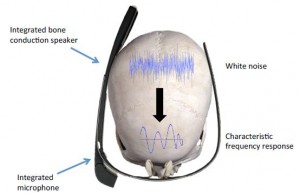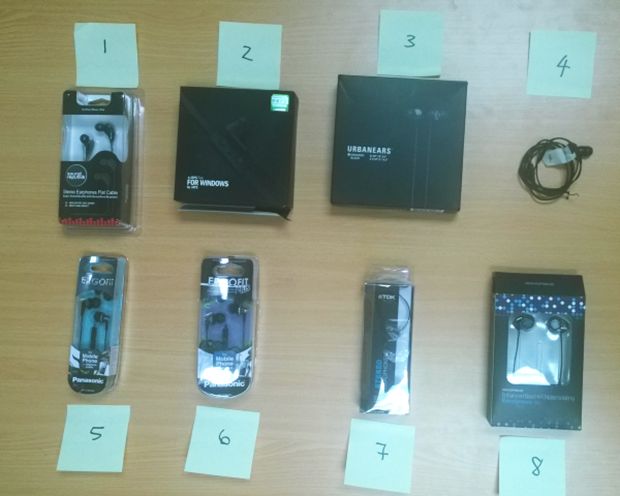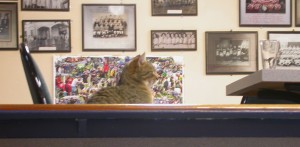I can see this recent article as a contender for an Ig Nobel prize
“Acoustical performance of samples prepared with cigarette butts”
Spanish researchers from Departamento de Física Aplicada, Escuela Politécnica, Universidad de Extremadura, measured the sound absorbing properties of cigarette butts. Given the enormous number of cigarette butts that get thrown away, which don’t decompose very well, it is great that someone tried to find a use for waste.








